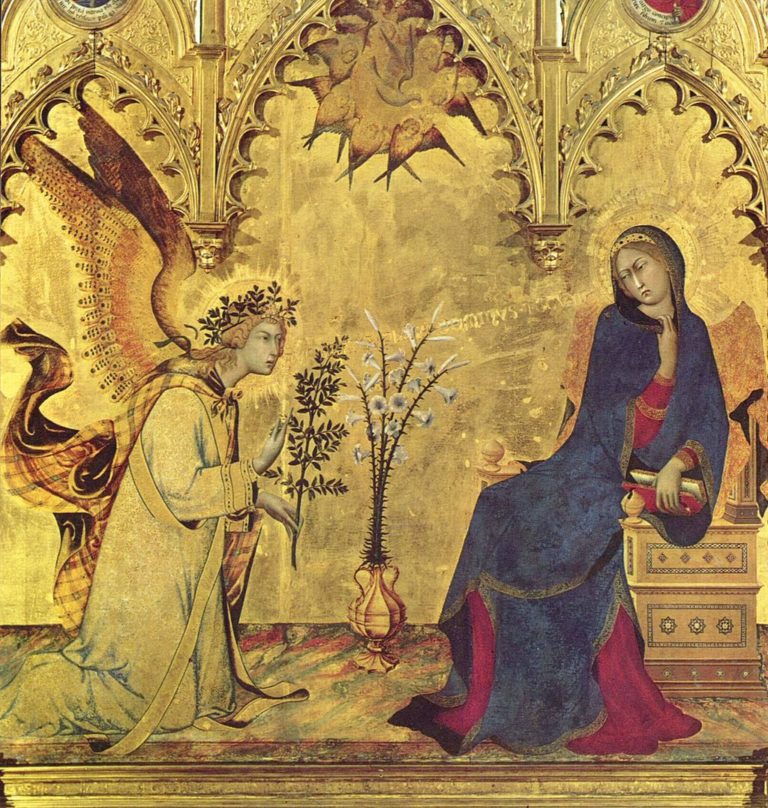14th century
International Gothic

description
The definition of “International Gothic” was proposed simultaneously by art historians Louis Courageot and Julius von Schlosser in the 1890s. Prior to this, various terms were used: late Gothic, court Gothic, soft style, cosmopolitan art.
Key Features:
– in all European countries, by the end of the 14th century, Gothic art acquires common features, this is due to close political and dynastic ties (exchange of gifts, foreign orders);
– the emergence of new canons in painting, for example, Pieta. 1400. Jean Maluel.
– decorativeness, courtesy, brightness, splendor, for example, golden backgrounds of works;
– the main artistic material – tempera;
– secular subjects prevail, the saints become like knights, the Madonna – like a beautiful lady. Artists depict saints in rich colorful decorations, wedding “toy” scenes, beautiful ladies with elongated figures, peasants were depicted in the same courtly manner;
– the artists are not yet working with a linear perspective, but they are gradually developing the depth of space. In the paintings, an innovative depiction of characters can be traced through clear contours, light and shade modeling. The faces in the group scenes are of the same type;
– book illustrated miniatures. The profession of “scribe” is in demand, today art historians recognize not only the school, but even the “hand” of a particular miniaturist.
Key works:
Belviy Breviary (illustrated prayer book). 1323-1326. Jean Pucelle.
Book of Hours by Jeanne d’Evreux. 1325-1328. Jean Pucelle.
Pieta. 1400. Jean Maluel.
Small Book of Hours of the Duke of Berry. 1412. The Limburg brothers.
